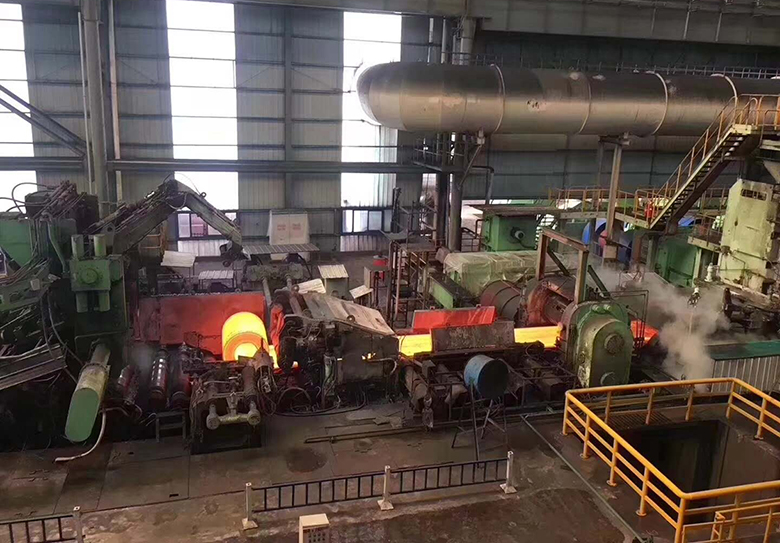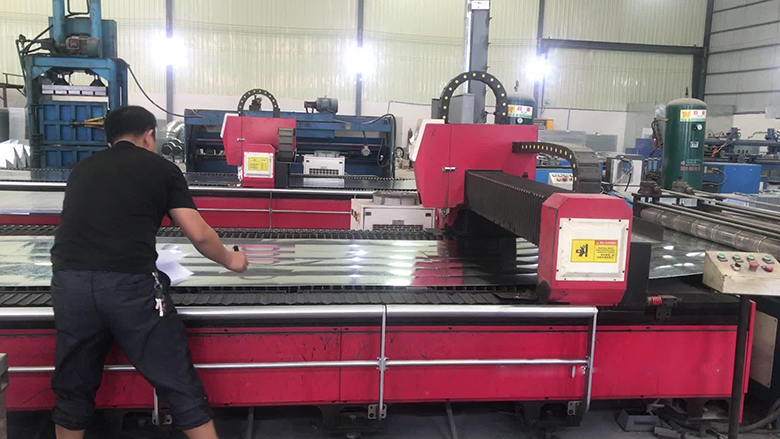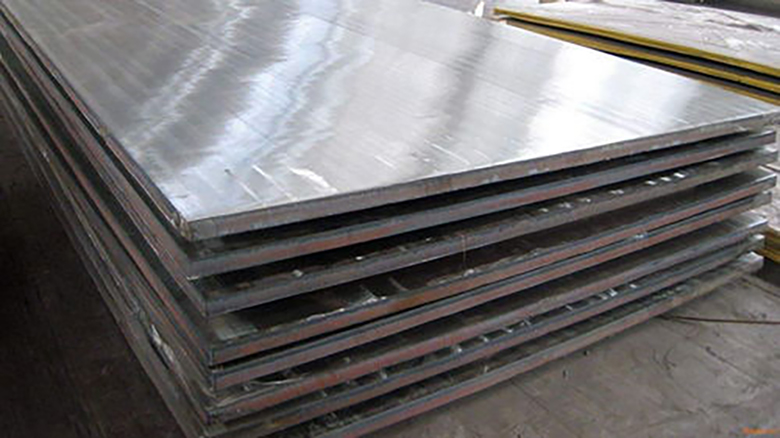Classification of steel plates
What are the materials and classifications of steel plates?
Common steel plate materials include ordinary carbon steel, stainless steel, high-speed steel, high manganese steel, etc. Their main raw material is molten steel, which is a material made by mechanical pressing after the molten steel is poured and cooled. Most steel plates are flat or rectangular, which can not only be pressed mechanically, but also cut from wide steel strips. There are many thicknesses of steel plates, which can be divided into thin, thick and extra-thick steel plates.

1. Classification by production method
(1) Hot-rolled steel plate: There is oxide scale on the surface after hot-rolling processing, and the thickness of the plate varies. Hot-rolled steel plates have low hardness, are easy to process, and have good ductility.

(2) Cold-rolled steel plate: It is cold-rolled and has no oxide scale on the surface and is of good quality. Cold-rolled plates have high hardness and are relatively difficult to process, but they are not easily deformed and have high strength.
2. Classification by surface characteristics
(1) Galvanized sheet (hot-dip galvanized sheet, electro-galvanized sheet): In order to prevent the surface of the steel plate from corrosion and extend its service life, the surface of the steel plate is coated with a layer of metallic zinc.
Hot-dip galvanizing: A thin steel plate is immersed in a molten zinc bath so that a layer of zinc adheres to the surface. At present, the continuous galvanizing process is mainly used for production, that is, the rolled steel plates are continuously immersed in a plating bath containing molten zinc to make galvanized steel plates.

Electrogalvanizing: This galvanized steel sheet manufactured by electroplating has good processability. However, the coating is thin and its corrosion resistance is not as good as that of hot-dip galvanized sheets.
(2) Tin-plated plate: a cold-rolled steel plate plated with an extremely thin layer of metallic tin on both sides. It combines the hardness and strength of steel with the ease of welding, corrosion resistance and bright appearance of tin.
Tin plate has the advantages of being odorless, non-toxic, lightweight, and easy to process and form.
(3) Composite steel plate: It can be divided into two categories according to its combination type, namely metal composite steel plate and non-metal composite steel plate.
Metal composite steel plate is a composite of other metal coatings on the surface of the steel plate, such as stainless steel composite steel plate, titanium composite steel plate, copper composite steel plate and aluminum composite steel plate.

Non-metallic composite steel plates are composites of base steel plates and viscoelastic resins with excellent vibration-damping properties, such as lightweight composite steel plates and vibration-damping composite steel plates.
(4) Color-coated steel plate: Commonly known as color-coated steel plate, it is based on high-quality cold-rolled steel plate, hot-dip galvanized steel plate or aluminum-zinc plated steel plate. After surface degreasing, phosphating and chromate treatment, it is coated with organic coating. Made by baking. It has the characteristics of light weight, high strength, bright color and good durability.

Editor: Lucas
Mail: lucas@yangtzesteel.com








